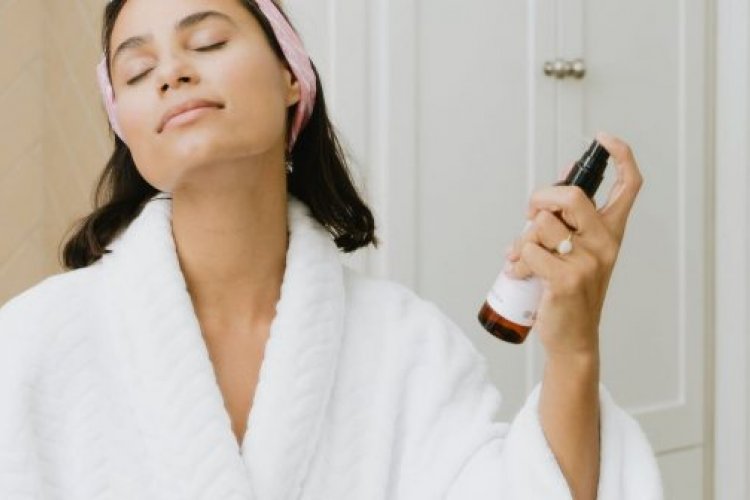Beauty Not Cruelty: China Ends Animal Testing for General Cosmetics
Last Thursday, Mar 4, the National Medical Products Administration of China announced a new amendment to the Cosmetic Supervision and Administration Regulation (CSAR), which no longer requires animal tests for “ordinary” cosmetics – i.e. toothpaste, shampoo, make-up, etc. – from foreign producers. The move actually began on Jan 14 of this year, when Fédération des Entreprises de la Beauté (FEBEA) announced that they had reached an agreement with the Chinese government to waive animal tests for general French cosmetics, albeit only for manufacturers with certain certifications. Likewise, both of these amendments expand upon legislation passed in 2014, when the government removed animal-testing requirements for similar products produced domestically, effectively ending a practice that had been mandatory since 1989.

There are two categories that are still exempt from the new regulations: “specialty-use products” such as sunscreen, hair dye, hair loss remedies, and anything intended for children, as well as “post-market” products, or anything that’s pulled from shelves to undergo testing. Nevertheless, the change is a small victory for animal rights activists and the anti-testing movement, who have been trying to eradicate the practice for decades.
In 1938, the Federal Food, Drug, and Cosmetics Act was signed in the US, effectively becoming the first piece of legislation requiring manufacturers to prove the safety of their products, thus kickstarting a trend of animal testing across the industry. Six years later, the eye and skin irritation test was invented by Dr. John Henry Draize, essentially subjecting animals to a series of chemicals to find out which ones pissed off their bodies and which didn't. This method is still widely used today, since it is believed to be one of the most accurate ways to test the safety of cosmetic products for the human body – including the carcinogenicity of the chemicals – due to the genetic similarities between humans and certain animals.

Since then, plenty of consumers have come to rely on animal-testing as a surefire way of knowing that the products they use are safe. Thanks to advances in technology, however, there are currently three major methods to replace animal testing including in vitro experiments (testing on tissue or organ fragments), testing on human volunteers, and computer simulations that predict how chemicals will interact with the human body. In fact, several brands such as L’Oréal, Lush, and The Body Shop have succeeded in making their products without animal tests for years. However, these alternative methods tend to be a bit more expensive, which could result in less accessible or affordable products.
For anyone who is still hesitant, there is a Chinese website called 美丽修行 (Meili Xiuxing) BEBD that has a large database of ingredients commonly used in cosmetics. The site rates the safety of each ingredient from one to ten, while also evaluating the overall safety of products from one to five. What’s more, each ingredient has its own page detailing the role that ingredient serves in cosmetic manufacturing, as well as the useless additives and gimmicks producers include – think fragrances, colors, sparkles, etc. – to jack up the price.
READ: How To Prepare for the Upcoming Catkins Invasion
Images: The College View, The Cosmetics News, Southern China Morning Post, BEBD







